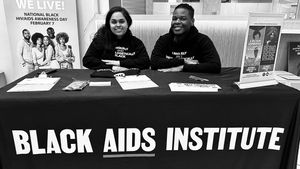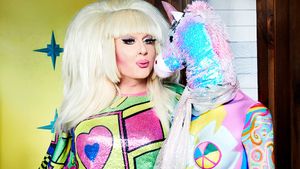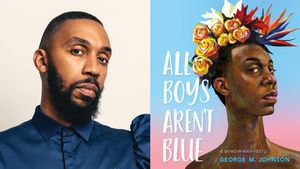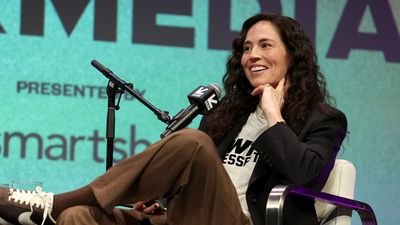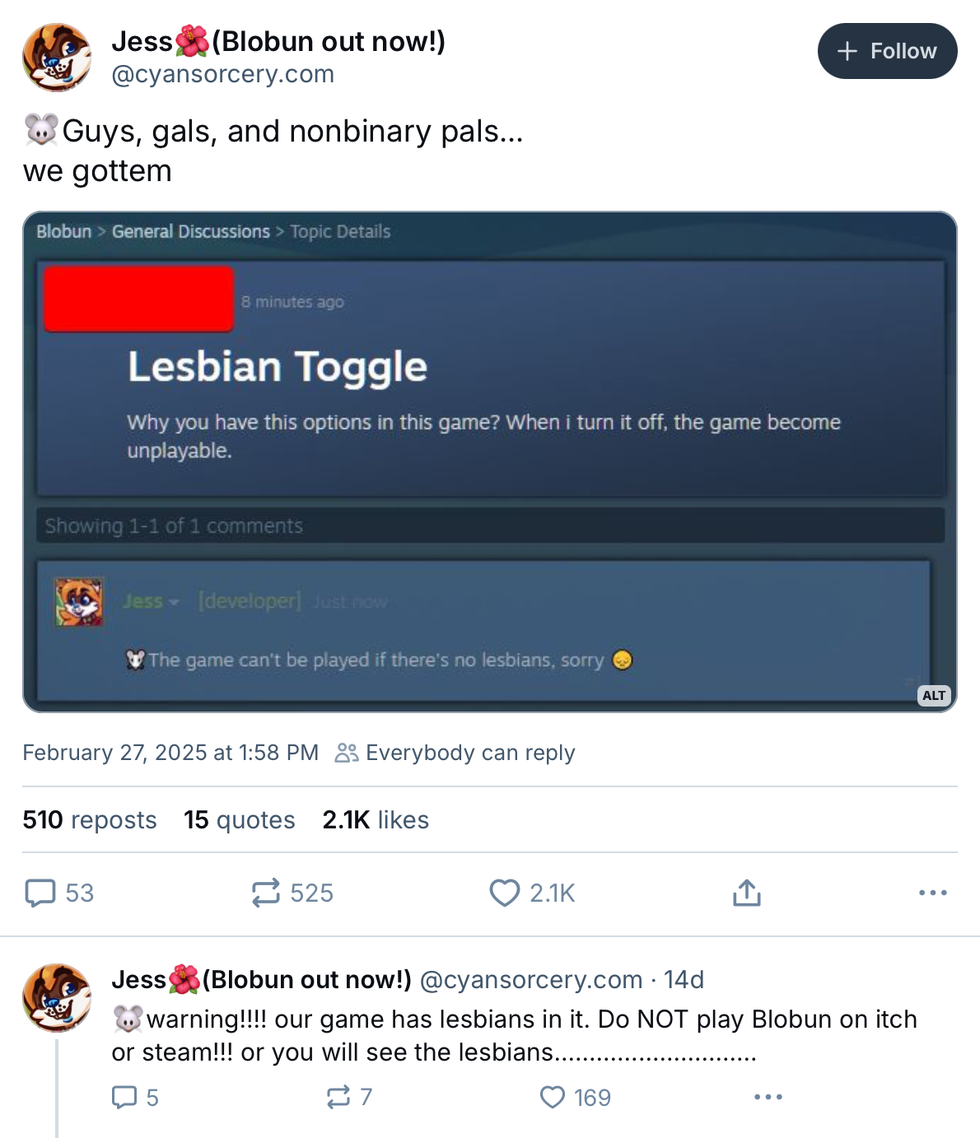Whether you are non-binary or knows someone that is, understanding and using gender-neutral pronouns can be a difficult process. Now, genderqueer artist Archie Bongiovanni and his cis-male friend/ ally Tristan Jimerson have teamed up to create a comic—appropriately titled A Quick & Easy Guide to They/Them Pronouns—that simplifies gender neutral pronouns. From the workplace to friends and family, this guide aims to help non-binary people AND cisgender people incorporate gender neutral pronouns in every day life.
In terms of the content, one of the best aspects of the book is its readability. If you've ever read a For Dummies title, then you will be familiar with this format. There are clear examples of gender neutral pronouns in sentences, scripts, and various scenarios that can be applied in real life, and summarizing everything in the book are handy reference charts.
In addition, the content is also organized into sections that flow together seamlessly. Starting from what gender neutral pronouns are and how they are used in a sentence, A Quick & Easy Guide to They/Them Pronouns then goes on to explain why these pronouns matter to both cisgender and non-binary people in the workplace and among loved ones. There is also a section specifically dedicated to non-binary people that discusses coming-out, how to find support, and how to pick & choose your battles with people who don't understand gender neutral pronouns.
Out of all the sections, Tristan Jimerson's section on using gender neutral pronouns in the workplace is particularly notable. Jimerson breaks down how he incorporates gender neutral pronouns as the owner of a small restaurant, replacing gendered words with things like, "Hey y'all" and using their clothing & hair as a descriptor. The section also highlights the importance of creating an inclusive environment, even when you don't think you have gender neutral employees or customers.
On the other hand, the section on using gender neutral pronouns in non-professional settings is also helpful. Featuring scenarios that show how to address a person's pronouns and to correct a person's pronouns, this section displays how an ally should and should not react to misgendering. Since situations will vary, the section also notes that its important to check in with non-binary people to see what they want you to do.
Balancing out all the serious content of A Quick & Easy Guide to They/Them Pronouns is humorous dialogue, simple black and white art, and Crank's casual-style lettering that keeps things light and engaging without disrespecting the subject material. A particularly humorous example of this is when Jimerson states that language is evolving using the acronym YOLO. Ultimately, the dialogue is meant to entertain while informing you, keeping things conversational so you can digest the material and start your own conversations.
In less than a hundred pages, Bongiovanni and Jimerson have crafted an accessible guide to gender neutral pronouns that is as handy as the dictionary. Although it is not a complete guide to everything related to gender & pronouns, it is definitely a good place to start. With straightfoward examples, scripts, and a lighthearted tone, the book provides a concise guide for making life less binary and more inclusive.
Order the guide via Oni Press, Comixology, Amazon, or at your local book store!

















